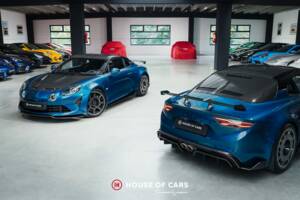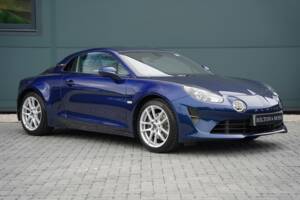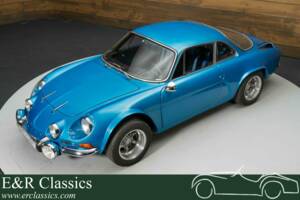Alpine A 110 classic cars for sale
The Alpine A110 stands out with its lightweight fibreglass body, rear-mounted Renault engine, and a motorsport pedigree that includes rally victories in Monte Carlo and beyond. Built between 1962 and 1977 in Dieppe and under licence in Spain, this purposeful coupe progressed through various engine options and design evolutions, with its sharp handling and striking lines remaining unchanged. Motorsport heritage, engineering innovation and exclusivity define every example.
Search results
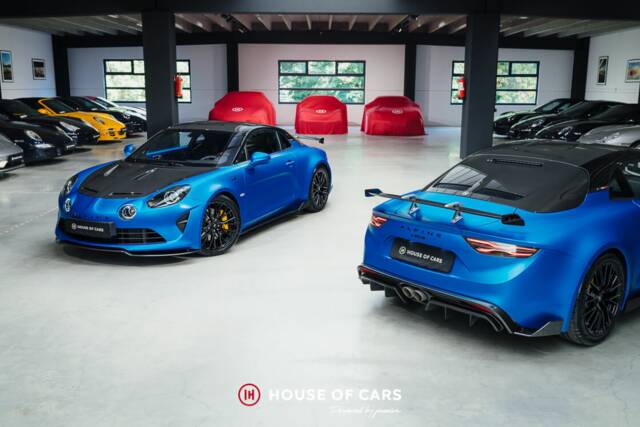
2024 | Alpine A 110 R
- Racing Blue Mat F1 PPF - Belgian car - 2025

2023 | Alpine A 110 R
Belgian car – Sierra Blue Heritage – PPF
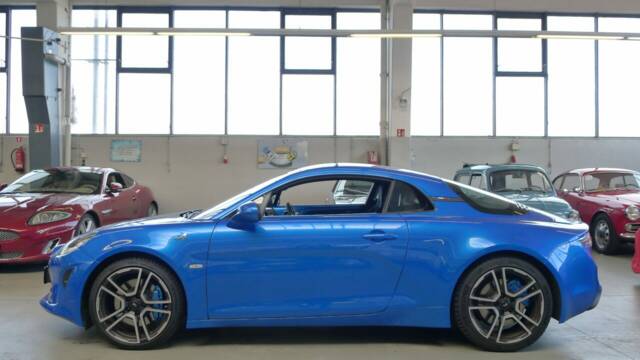
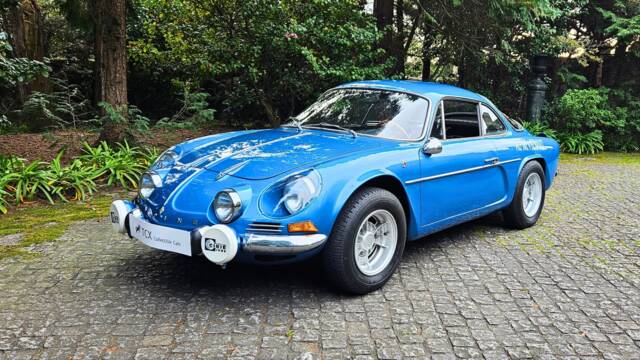
1974 | Alpine A 110 1300
Renault Alpine A110 1,3 FASA

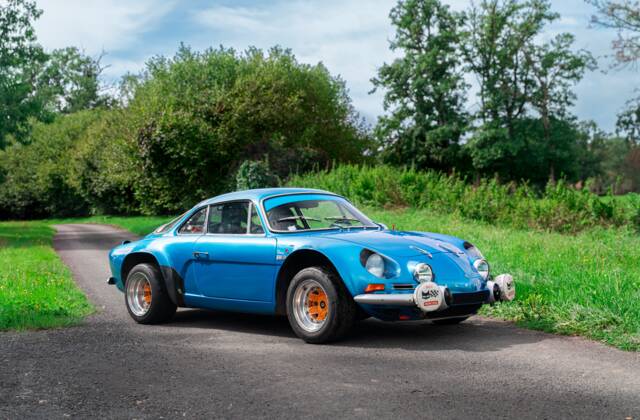
1971 | Alpine A 110 1600 S
Alpine A110 1600 S - Préparée Gr. 4 - Éligible courses historiques - Garantie 12 mois
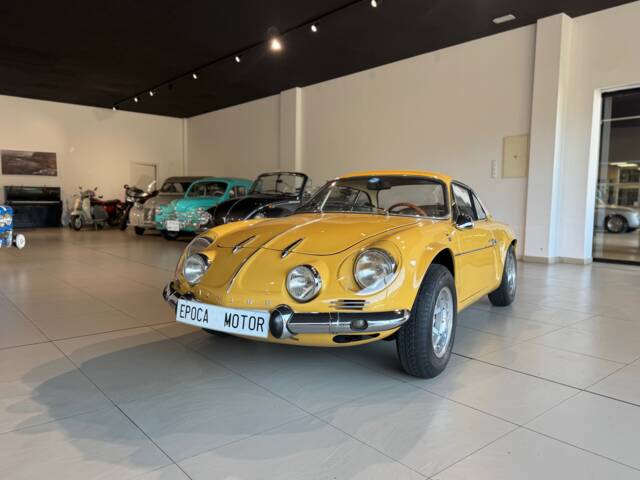
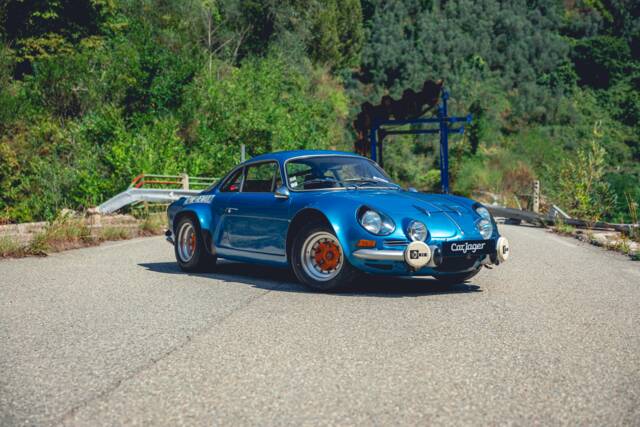
1972 | Alpine A 110 1300 VC V85
Alpine A110 1300 VC 1440 1972 - Restaurée - Garantie 12 mois
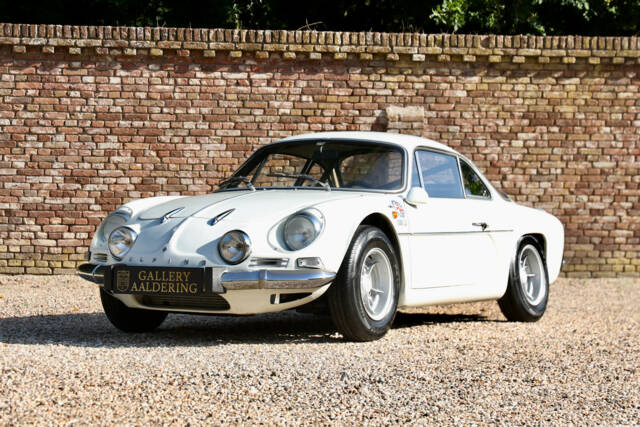
1973 | Alpine A 110 1600 S
Renault Alpine A110-1600/S "Highly original" Well-preserved and highly original condition, Recently rediscovered after "long time hidden",Livery in Blanc Gardénia over a black hide, Alpine with potential due untouched condition, Driven around Florance in Italy since the early 1970s, An appreciated 1600 VB series
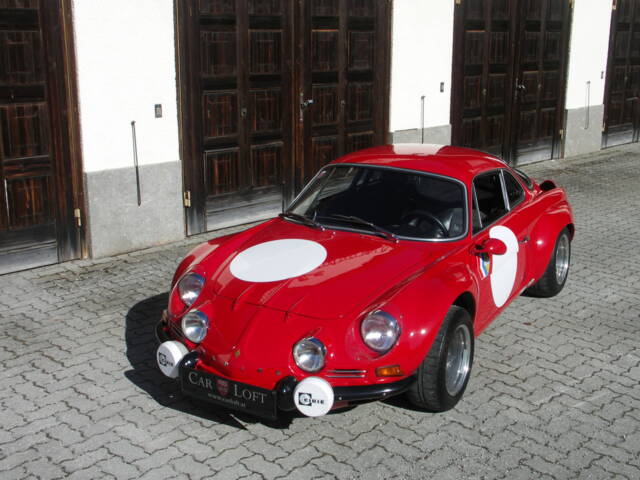
1972 | Alpine A110 1600 Gruppo 4
"La Berlinette" die Heydays der 70er - eine geile Zeit!

1974 | Alpine A 110 1300
Alpine A110 1300 Gordini | Gerestaureerd | Zeldzaam | 1974
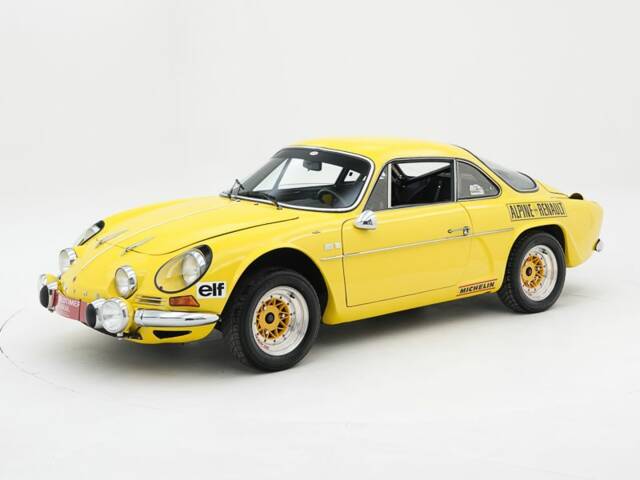
1971 | Alpine A 110 1600 S
1971 Alpine A110 1600S '71
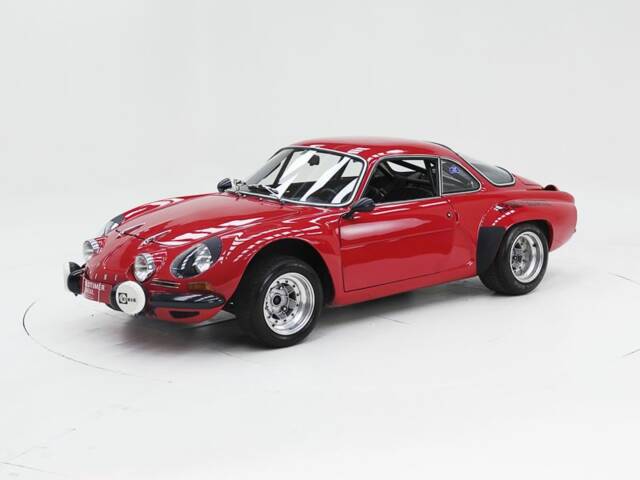
1976 | Alpine A 110 1300
1976 Alpine A110 1300-1600 GR4 '76
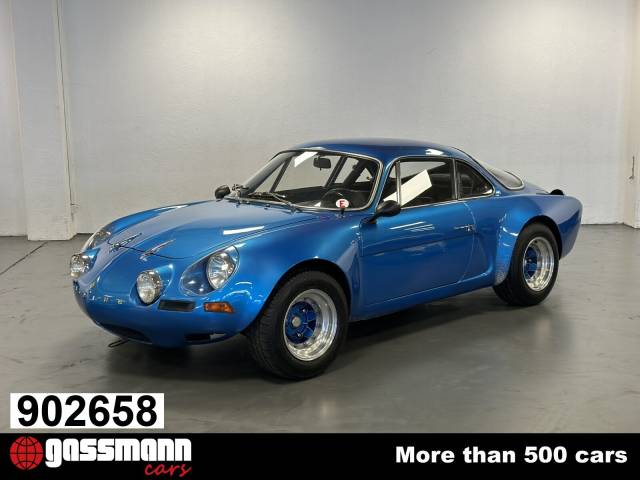
1971 | Alpine A 110 1600 S
Alpine A110 Coupe - Motor Typ MS 106
Alpine A 110 listing references from Classic Trader
Below you will find listings related to your search that are no longer available on Classic Trader. Use this information to gain insight into availability, value trends, and current pricing for a "Alpine A 110" to make a more informed purchasing decision.
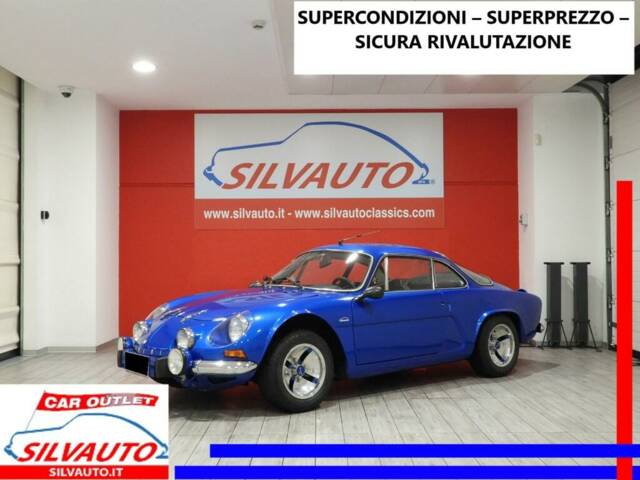
1976 | Alpine A 110 1600 SX
ALPINE – RENAULT A110 1600 SX (1976) SUPERCONDIZIONI – SUPERPREZZO – SICURA RIVALUTAZIONE
History of the Alpine A110
The Alpine A110, introduced in 1962, was developed as a successor to the A108, taking influence from the earlier model but executing changes that shaped its legacy. Born from the vision to create a focused sports car, the A110’s body, crafted from glass fibre, gave it remarkable weight advantages. Under the leadership of Jean Rédélé, Alpine sourced mechanical components from Renault, particularly the Renault 8. Over time, the A110 received significant modifications: the addition of signature double headlamps in 1967, reworked interior, flared arches, new air intakes and a refined tail design. Production took place mainly in Dieppe, although notable licensed builds were executed in Spain by FASA—and, to a lesser extent, in Bulgaria and Mexico. Alpine remained independent during much of the production run; Renault’s acquisition only occurred after the A110's heyday, with the model retired by the time of Renault's full takeover in 1978.
Model history
The A110 started as a two-seat Berlinette sports car, with early models powered by four-cylinder engines from Renault, ranging from 956cc to 1800cc. Early power output hovered around 50 bhp, but performance versions reached up to 175 bhp, especially in the hands of competition teams. The rare A110 Cabriolet, built from 1963 to 1969, drew inspiration from the A108 cabriolet. In the same period, Alpine launched the GT4—a 2+2 configuration with a notchback tail and increased cabin space, aimed at a broader market. The GT4’s fibreglass shell kept weight low, while the French market saw approximately 263 examples produced. Throughout its life, the A110 evolved with mechanical improvements such as the adoption of five-speed gearboxes and a transition to more robust braking systems, a necessity as performance increased.
Highlights and statistics of the Alpine A110
Few cars embody the essence of a road-legal rally machine like the Alpine A110. Its rear-engine layout, low weight and focused suspension delivered extraordinary handling. The A110 became a foundational car for talents like Ove Andersson and was notable for features such as four-point roll cages, Momo steering wheels, and period-correct sports seats as options. Motorsport-spec Weber carburettors and Gotti alloy wheels were sought-after upgrades, while distinctive shades—most notably Alpine Blue—became hallmarks. The A110’s value lies in its authenticity: many vehicles still bear original documentation and even FIVA or ASI certification.
Technical data
Special Editions and Collectible Models
Notable special variants include the A110 1600 S/SC/1600VB, equipped with 127 bhp Renault engines and often upgraded with Weber 40 carburettors and five-speed transmissions. Spanish-licensed FASA models, particularly the 1400 series, featured a 1400cc engine—limited to only 130 units—making them the most powerful and rarest of the Spanish A110s. The GT4, as a 2+2 version, also adds collectability for its unique format and limited production numbers. Motorsport conversions with factory upgrades, additional lights and Gotti wheels are highly valued for authenticity.
Weak Spots and Common Issues
While the Alpine A110’s lightness and simplicity are strengths, prospective buyers should focus on corrosion in the steel backbone chassis and the condition of the fibreglass body for previous repairs. The complex interplay between body and chassis can complicate restorations if damage is present. Competition-used cars may have period-specific modifications or stress fractures from motorsport use. Mechanical components are often Renault-derived and not especially rare, but attention should be paid to the originality and quality of any performance upgrades or interior modifications.
Engine and Performance, Transmission and Handling
The rear-engine/rear-drive layout, short wheelbase and featherweight construction give the A110 an organic, highly communicative driving feel. Depending on the variant, acceleration ranges from sprightly (early 956cc models) to genuinely quick (1600S, 1600SC, and 1400 FASA). Factory five-speed gearboxes and performance carburettors—such as the Weber 40 in the 1600 S—help extract maximum performance. The car’s success in events like the Monte Carlo Rally and Tour Auto demonstrates real-world capability, and race-prepared examples with roll cages and competition seats further underline its motorsport roots. - A110 1600 S: 127 bhp, Weber 40 carburettors, sub-7 second 0-100 km/h, five-speed manual.
- A110 1400 FASA: 1400cc, rare Spanish model, limited to 130 units.
- A110 1250 (1967-1969): 95 bhp, early transition to stronger performance.
- A110 GT4: 2+2 seating, more comfort, same lightweight approach.
Interior, Comfort, Exterior and Design
The A110 Berlinette is characterised by a glass fibre shell, compact coupe silhouette, and distinctive double headlamps (from 1967). Flared arches and tailored air intakes accentuate the racing intent. Interiors typically feature black upholstery—sometimes with leather trim—and authentic carpets. Early models used classic 4.5x13 steel wheels before the adoption of Gotti alloys. Optional equipment included period sport steering wheels (e.g., Momo Prototipo), extra lighting, and even rally equipment such as additional spare wheels. Paint finishes like Blanc Gardénia (white) and Alpine Blue remain classic, while interiors often retain original dials and switchgear. GT4 models provided a notchback profile and additional comfort.
Other notable features
Original documentation—such as inspection booklets and delivery papers—are valued, as are vehicles with historical certifications like FIVA or ASI. The model’s homologation for historic registrations (H-plates in Germany/ITV in Spain) broadens its eligibility for classic car events and rallies. Sound enhancement options like Abarth exhausts were popular. Motorsport heritage continues to influence collector status worldwide, especially for unrestored or authentically prepared examples.
Summary
The Alpine A110 stands out in the classic car landscape through its low weight, rewarding driving characteristics, and exceptional rally achievements from the 1960s and ’70s. With a range of rare factory and competition models, strong collector interest and clear market dominance both in supply and demand, every A110 on offer represents a piece of motorsport technology and French automotive culture.

